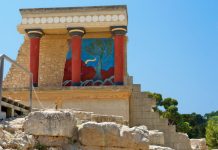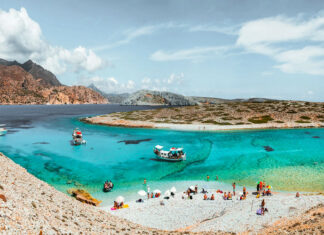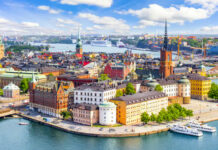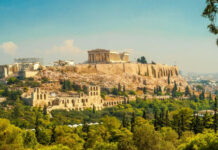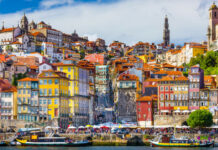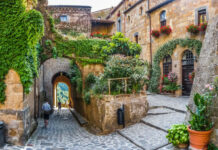1Tunis, Tunisia: The Mosaics of the Bardo National Museum

The Bardo National Museum in Tunis, Tunisia, houses one of the world’s finest collections of Roman mosaics. Tunisia, once part of the Roman Empire, was home to prosperous cities like Carthage and Dougga, where mosaic art flourished. The mosaics in the Bardo Museum offer a fascinating glimpse into the life, culture, and mythology of ancient Rome.
The mosaics in the museum are incredibly well-preserved and showcase a wide range of subjects, from mythological scenes to depictions of daily life, hunting, and agricultural activities. One of the most famous pieces is the Virgil Mosaic, which portrays the Roman poet seated between Clio, the muse of history, and Melpomene, the muse of tragedy. The craftsmanship and detail in these works are remarkable, with thousands of tiny tiles meticulously arranged to create lifelike figures and intricate patterns. The Bardo Museum is an essential stop for anyone interested in the history of mosaic art and the Roman Empire’s influence on North Africa.
Mosaics are a form of art that transcends time and culture, appearing in everything from ancient religious buildings to modern public spaces. Whether you’re exploring the Byzantine mosaics of Ravenna, marveling at Gaudí’s modernist creations in Barcelona, or discovering the historic maps of Madaba, mosaics offer a unique window into the history, culture, and artistic achievements of civilizations around the world. These vibrant, enduring works of art continue to captivate and inspire, making them a timeless part of humanity’s artistic heritage.



